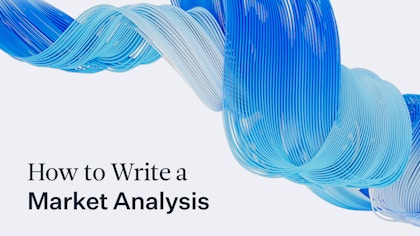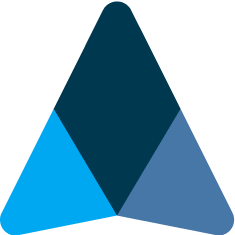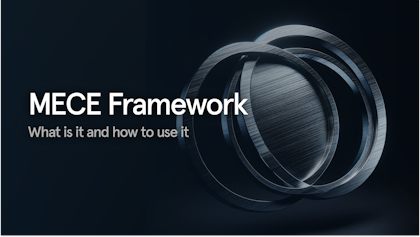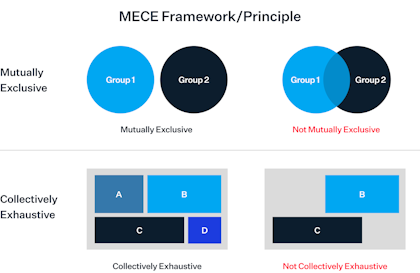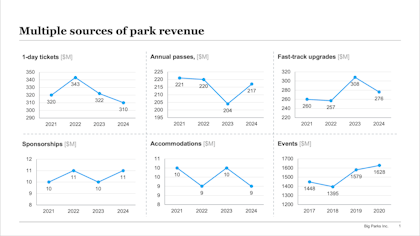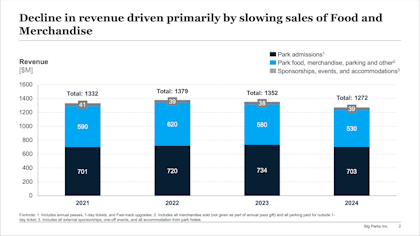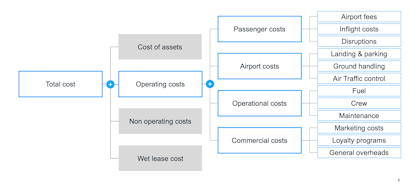If you have been around strategy consultants, you've probably heard someone ask...
Is this MECE?
MECE stands for "Mutually Exclusive, Collectively Exhaustive" and is one of the most foundational concepts in consulting.
In this post, we cover the MECE framework and how you can apply it to sharpen your thinking and simplify complex ideas into something that can easily be understood.
What is the MECE framework?
MECE is a problem-structuring framework that organizes data into simple and logical categories. The concept was developed by Barbara Minto at McKinsey back in the 1960s, but it is still widely used across consulting firms today.
The MECE framework consists of two rules:
- Mutually Exclusive (ME): All categories or items being used to analyze a problem must not overlap. Meaning each item should fit into one and only one category.
- Collectively Exhaustive (CE): All categories or items being used to analyze a problem must cover all possible options without any gaps.
Together, these two rules can help you translate complex information into simple and logical categories.
Steps to applying the MECE framework
By following these steps, you can apply MECE and ensure that all possible options for solving a problem are considered in a logical way.
- Step 1: Identify the problem
First, identify the problem you're trying to solve, including key issues. Try to be as specific as possible.
- Step 2: Break down the problem
Second, identify the key factors or areas that might contribute to the problem. Brainstorm all potential areas, including intangible factors, to ensure you're not biased toward a subset and overlook important factors.
- Step 3: Create MECE categories
Once you have your factors or areas, try to create categories that are MECE (see examples of this further down). Start with smaller categories/buckets and group the ones that seem very small or have overlap. (Tip: pressure test your categories with coworkers or clients to ensure they follow the business logic used in that organization. This will often help you both create categories and later on when using your results to convince stakeholders of your recommendation or solution).
- Step 4: Analyze
Find data and analyze it for each category to identify the main factors that contribute to the problem.
- Step 5: Refine
Go back to your overview of categories now backed up with data and refine them. Expand the ones that contribute a lot to the problem to start identifying sub-issues, and group the ones that are not as impactful on the main issue into logical buckets. Potentially redo your MECE analysis with the identified sub-issues until you get to actionable potential solutions.
Why is MECE important to consultants?
Consultants are often faced with big hairy problems like:
- How can we improve customer loyalty in our US retail business?
- Where can we find $50M/year in cost savings across the business?
- How can we increase revenues by 10% each year the next five years?
- Etc.
To answer these kinds of questions, it often helps to break up the problem into smaller buckets of issues that can be analyzed in a structured way - allowing you to identify key drivers that lead to maximum impact.
The MECE principle can help structure complex information into simple and logical buckets that can be analyzed one by one without missing anything.
Real-life examples of the MECE framework
Let's look at some more real-life examples of applying the MECE framework to get a sense of how it works in practice.
Example 1: Theme park revenue
You are working with a large theme park tasked with finding ways to increase revenue.
As a start, you want to get an overall picture of revenue sources and development. Your colleague (unfamiliar with the MECE framework) works on this question and comes back with this slide:
Let's analyze this from the perspective of the MECE framework.
- Mutually Exclusive: There seems to be an overlap between ticket sales, annual passes, and Fast-track upgrades, which means we are likely double-counting revenue in some categories.
- Collectively Exhaustive: The overview is missing revenue from food and merchandise, and it is unclear if anything else has been left out as total revenue is not clearly shown on the site.
Finally, the number of charts, each with a different Y-axis, makes the slide a bit overwhelming.
Now, let's simplify and improve the slide by applying the MECE framework:
The different revenue streams have now been divided into three mutually exclusive categories. It is also clear that the three buckets are collectively exhaustive as they account for 100% of revenue.
It is easy to see that most revenue comes from Park admissions and Food and Merchandise. Hence, focusing the initial analysis on the areas might make sense.
Example 2: Analyzing an airline's cost structure
Imagine you have been tasked with identifying operating cost savings for a struggling airline.
An airline's cost structure comprises hundreds of unique cost categories, so how do you translate this complex picture into simple and logical buckets covering all possible options without any gaps?
One way of doing this is by combining the MECE framework with a so-called issue-three, a tool that consultants use to break down big problems into smaller manageable ones.
Visually, it can look like this:
As you can see, operating costs are broken down into more and more granular cost categories for each step to the right. Using MECE, there should be no overlap between the categories in each column (mutually exclusive) and each column sum to 100% of total operating costs (collectively exhaustive).
Applying MECE to your own work
You can use the MECE principle whenever you are faced with a complex problem or need to sort a lengthy PowerPoint presentation into clear and distinct sections.
Here are concrete scenarios where you can apply the MECE principle:
- Segmenting Market Data for Targeted Strategies: Dividing complex market data into MECE categories to create targeted marketing strategies for different customer segments.
- Developing a Strategic Business Plan: Breaking down a comprehensive business plan into distinct, non-overlapping sections like market analysis, financial planning, and operational strategies.
- Enhancing Supply Chain Management: Categorizing the supply chain process into distinct stages such as procurement, manufacturing, distribution, and retail to optimize each step.
- Risk Assessment and Management: Segmenting risks into categories such as operational, financial, and strategic risks for comprehensive risk management.
- Optimizing Operational Processes: Deconstructing business operations into discrete processes like production, quality control, and logistics for process improvement.
- Developing a Competitive Analysis Framework: Structuring a competitive analysis into clear sections like market share, product comparison, and marketing strategies for effective competitor evaluation.
MECE and the 80/20 rule
The 80/20 rule, states that roughly 80% of the effects of something come from 20% of the causes. Finding a solution to an overall problem doesn't mean solving every little problem. Being MECE does not mean every stone must be turned and analyzed.
For instance, if your company has an urgent cost issue, one starting point could be to group costs into some MECE buckets. Let's say one bucket contains "warehousing expenses," but this only accounts for 0.5% of total costs. Now that you've identified that warehousing is not a key driver of costs, it would likely be okay for you to focus your analysis on other areas.
